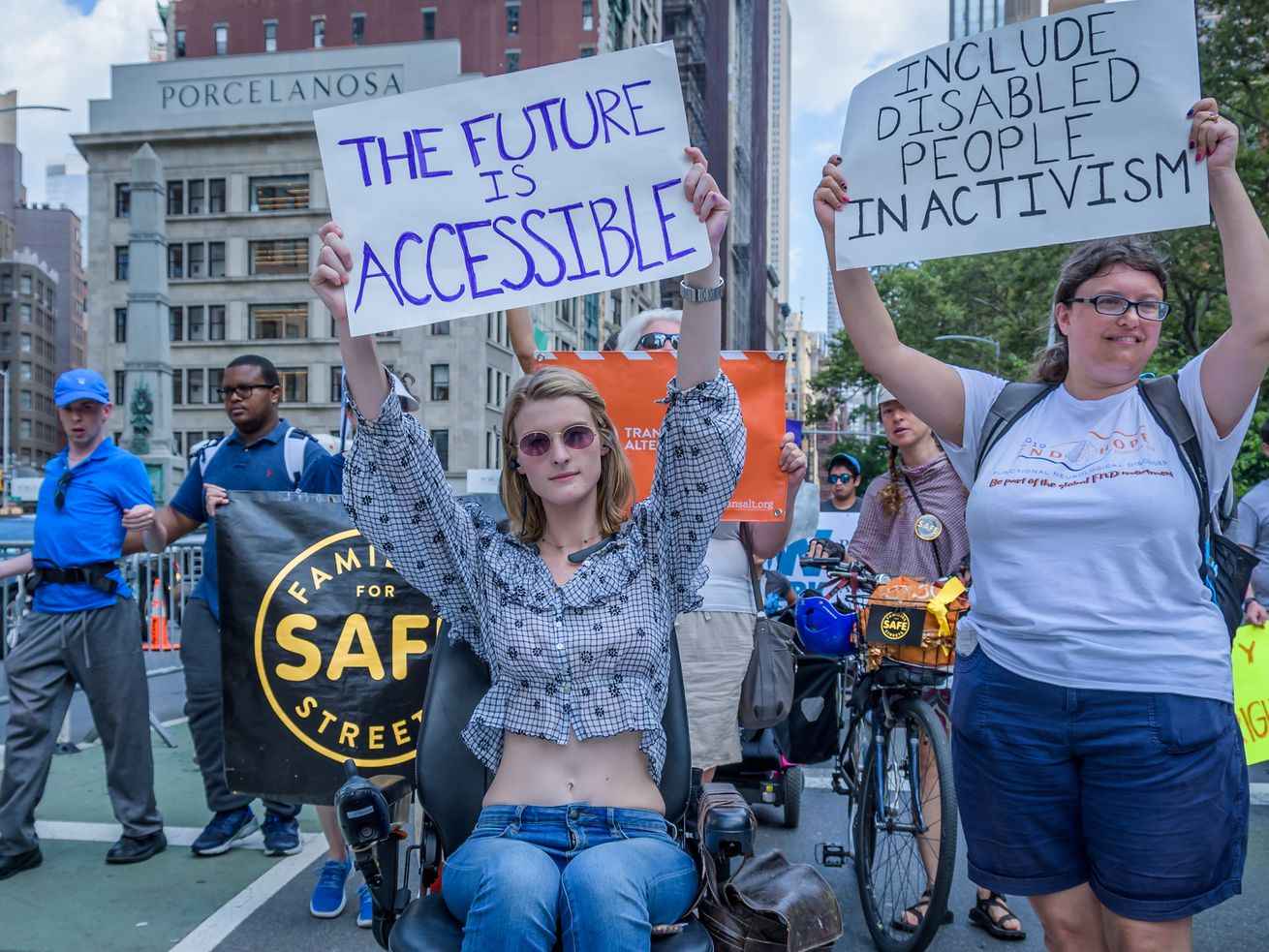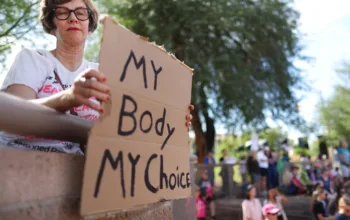The coming battle to expand Supplemental Security Income, explained.
In a couple of weeks, the US will start sending monthly checks to the vast majority of American parents. Most other rich countries have policies similar to this (known as a child allowance). If these expanded child tax credit (CTC) checks get to everyone who’s eligible, they could slash child poverty in America by about 40 percent.
But it could also be only the first of several improvements to America’s social-safety net. An array of powerful Democrats in Congress, as well as advocates for the elderly and people with disabilities (like AARP), have been championing another major change as part of this fall’s legislative push: boosting Supplemental Security Income (SSI) benefits.
SSI is not one of the better-known safety net programs in the US. It was passed into law in 1972 after Richard Nixon tried and failed to get Congress to adopt his “guaranteed annual income” plan, essentially a kind of unconditional basic income that would have given the poorest households in America a guaranteed cash benefit.
That plan ran into conservative opposition, but its opponents acceded to two more modest proposals.
One was the Earned Income Tax Credit (EITC), which gives working adults (especially those with children) a bigger tax break — and potentially a bigger refund — tied to how much they’ve worked.
The other was SSI, meant to help those the EITC didn’t capture: disabled, blind (a different category than “disabled” for legal purposes), and elder Americans living in poverty.
Many people in those categories qualify for Social Security payments because they’ve paid into the OASDI (Old-Age, Survivors, and Disability Insurance) program throughout their working lives via payroll tax.
But many other people — those under 18, or adults who are never able to work — don’t qualify for Social Security. Even many who do qualify for Social Security still earn a low-enough income to receive additional payments from SSI: About one-third of the 7.8 million SSI recipients are also on Social Security.
The point of SSI, in theory, is to make sure that no American who is permanently and totally disabled, blind, or over the age of 65 lives in poverty.
In practice, though, the program helps a lot but has yet to meet that goal.
How SSI has fallen short
In 2021, the maximum SSI benefit for an individual is $9,530.12 per year. The poverty line for a single person is $12,880 — meaning that SSI, at most, brings recipients up to less than three-quarters of the poverty line.
It gets worse, though. Let’s say you’re an SSI recipient married to another recipient, which makes you an “eligible couple.” You could both be retirees in your 70s, or disabled/blind people earlier in life.
You don’t get to add your benefit amounts together. Instead, you have to share a maximum benefit of $14,293.61, only 50 percent more than the individual benefit. The effect is a really dramatic marriage penalty: Two SSI recipients receive a large income boost if they get divorced, but those who marry take a big cut in benefits.
In late May 2020, Joe Biden announced his campaign’s disability policy platform, which included major expansions of SSI benefits. The plan set the maximum benefit at 100 percent of the poverty line, a 35 percent increase in benefits over the status quo. The proposal would also eliminate both the marriage penalty — letting couples keep their full benefits — and the complex “in-kind assistance” provisions that result in reduced SSI checks for some people who, say, live for free in a family member’s home.
There’s more. SSI is currently limited to people with assets of less than $2,000, or $3,000 for couples. That means many seniors who have even a small amount of retirement savings, as well as disabled people with nest eggs, aren’t eligible.
Biden would more than double the asset limit for individuals and nearly triple it for couples. I’d personally prefer getting rid of the asset test altogether, as it can encourage people to spend every bit of savings they have to qualify for the benefit; that said, raising it is an improvement.
Biden has recently faced a strong push from his allies in Congress to include these changes in the huge $6 trillion spending package Democrats plan to pass later this summer or in the fall.
Rep. Jamaal Bowman, a freshman congressman from New York, and Ohio Sen. Sherrod Brown are leading the charge, with figures including Senate Budget Committee Chair Bernie Sanders and Finance Committee Chair Ron Wyden on board.
The group in April sent a letter to Biden, signed by a total of 18 senators and 33 members of the House, urging him to make expanded SSI a priority.
Major parts of the Democratic coalition, like the AFL-CIO union federation, the Consortium for Citizens with Disabilities, and the AARP, are on board. The changes have overwhelming public support — as have other recent programs designed to simply give people money, like the stimulus checks and the previously mentioned CTC checks.
And like the CTC checks, these changes could have a major impact on poverty in America. The Urban Institute estimates that the combination of SSI changes and other Social Security reforms Biden has proposed would lift 1.4 million elderly or disabled people out of poverty in 2021. While increasing SSI alone would do less, it would still be a significant step forward for the people impacted.
And if SSI improvements happen alongside the child checks, they’d cement Biden’s first term as a period that saw some of the biggest changes to the American social-safety net in decades.
Author: Dylan Matthews
Read More



